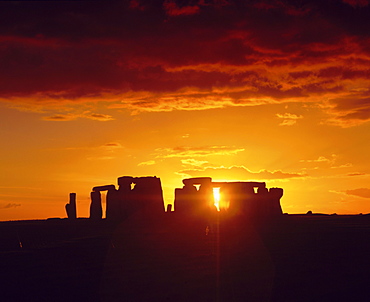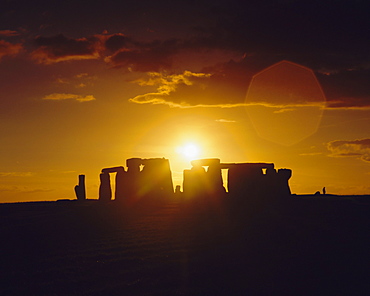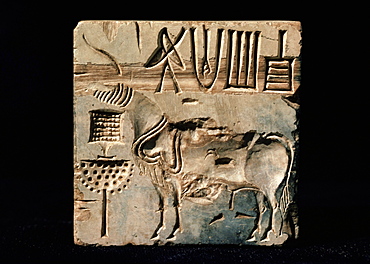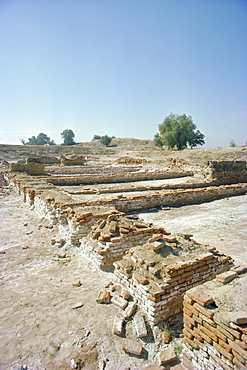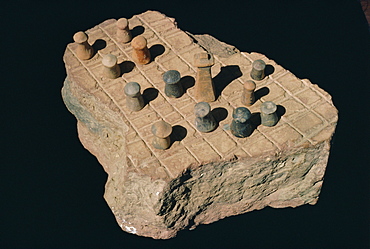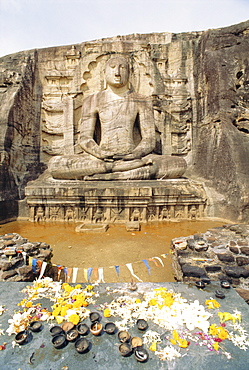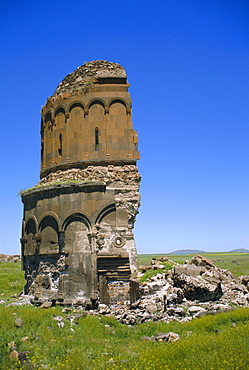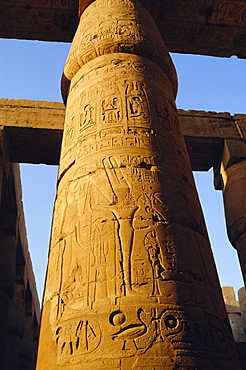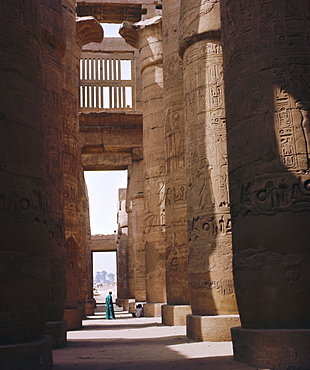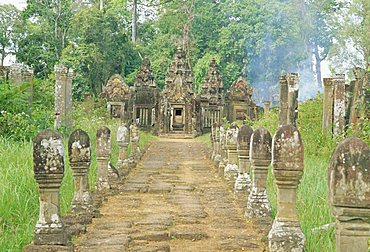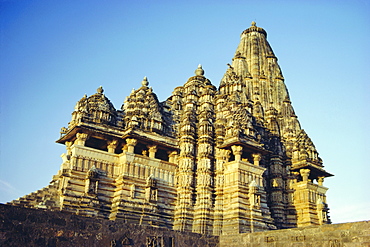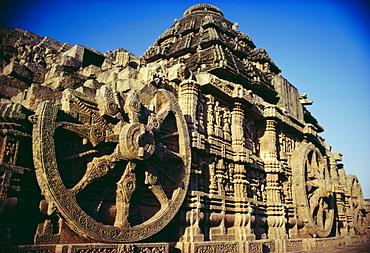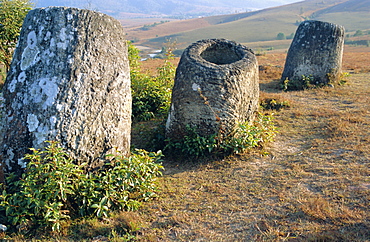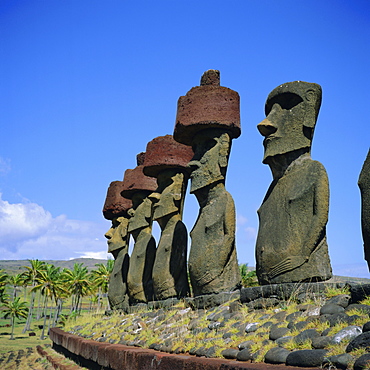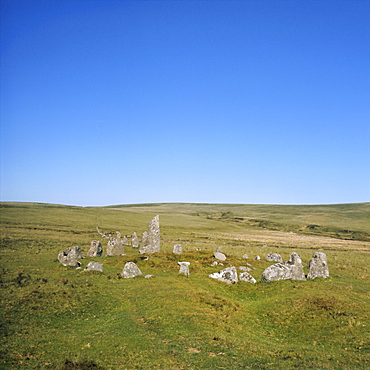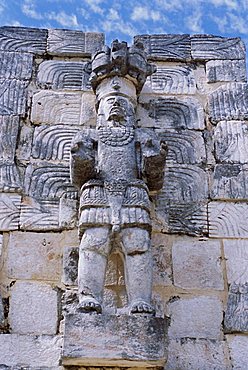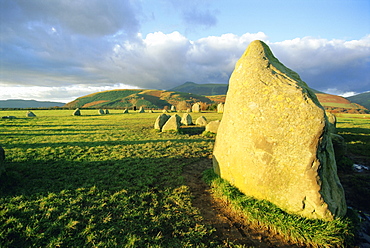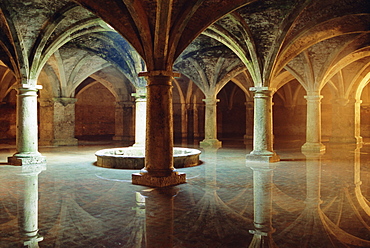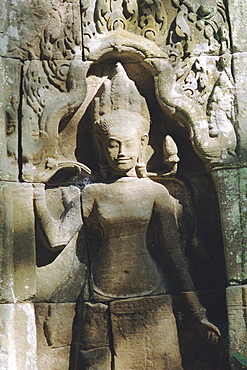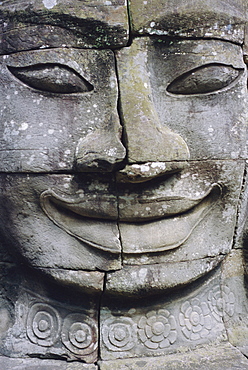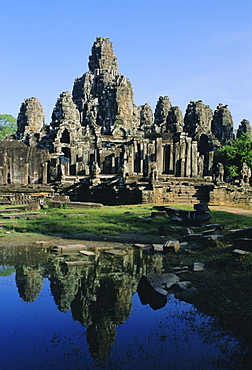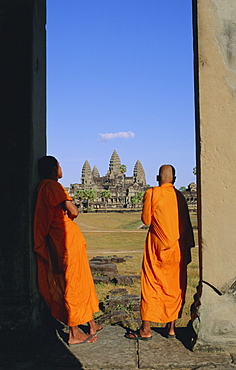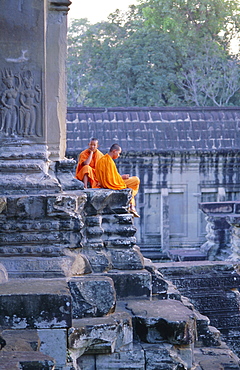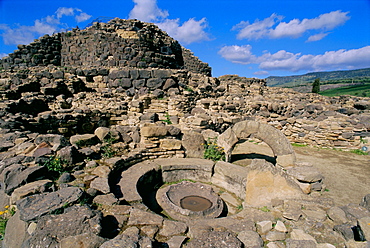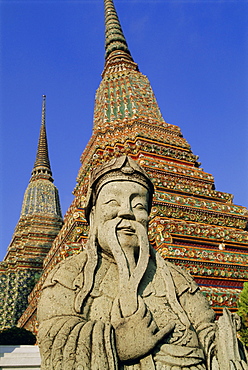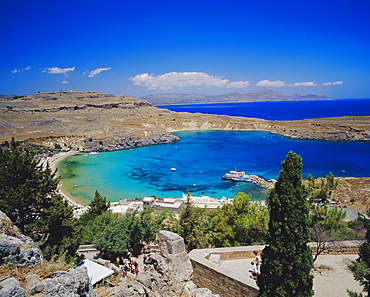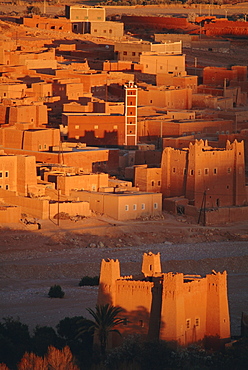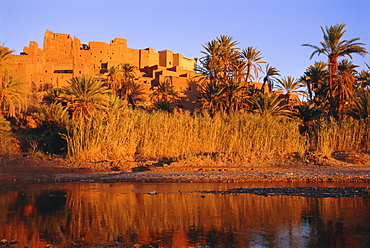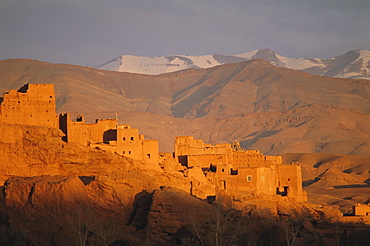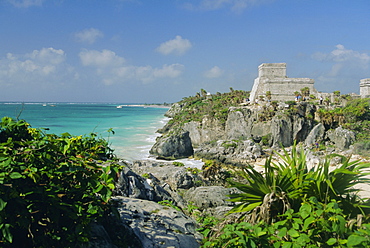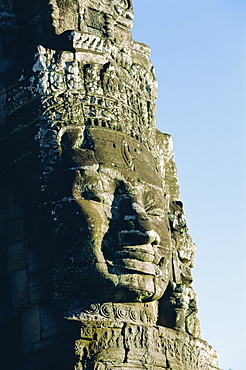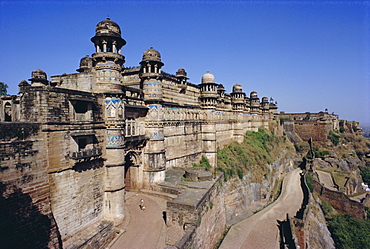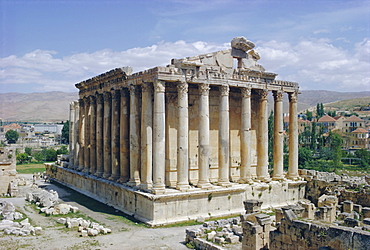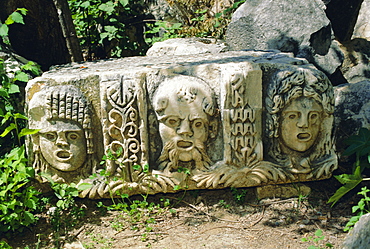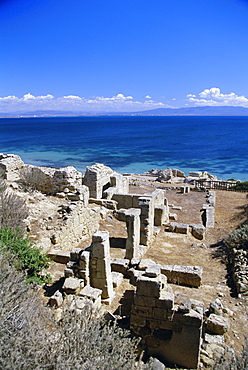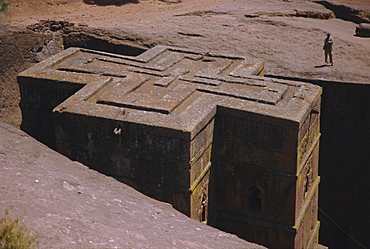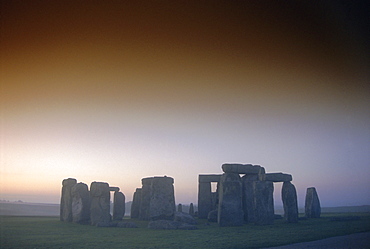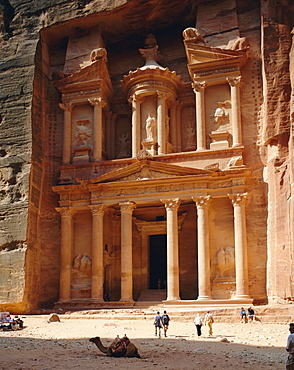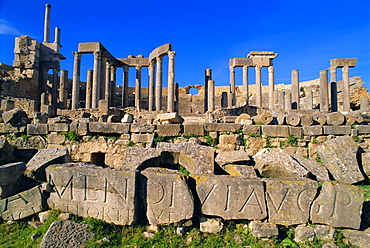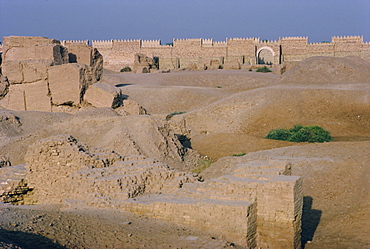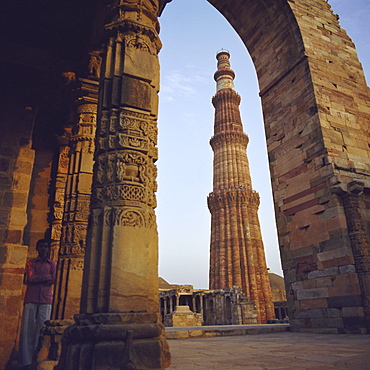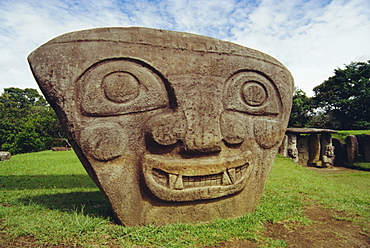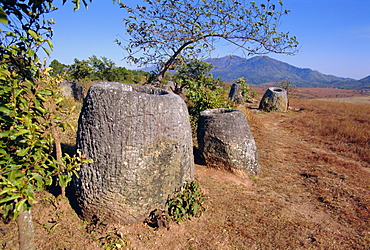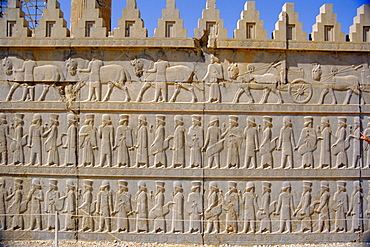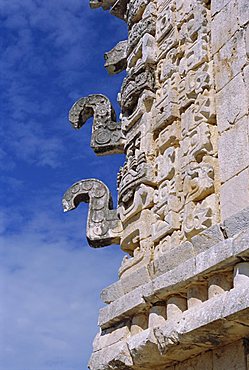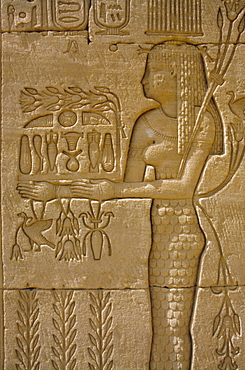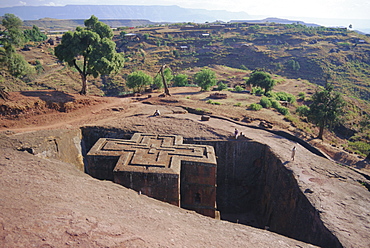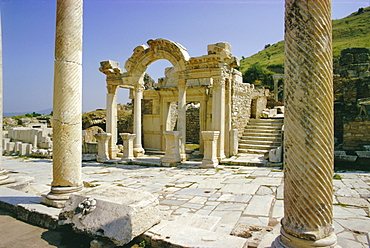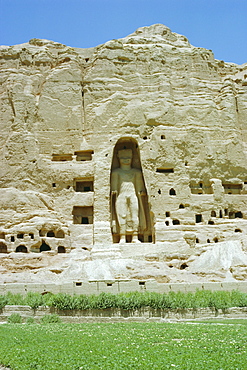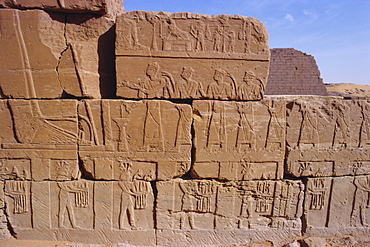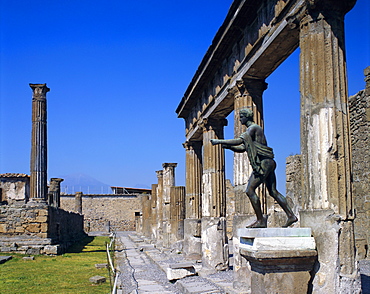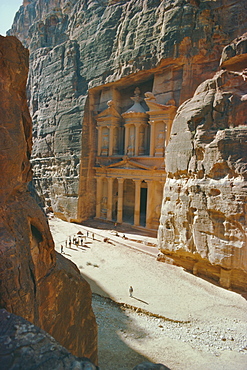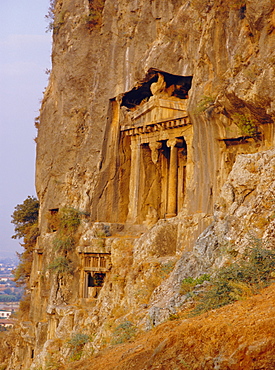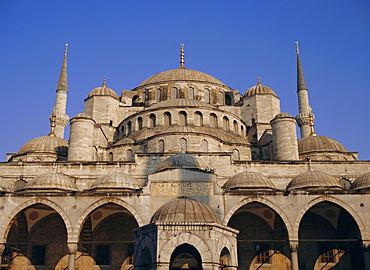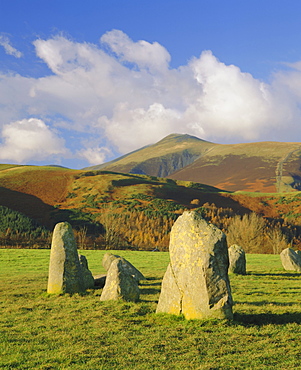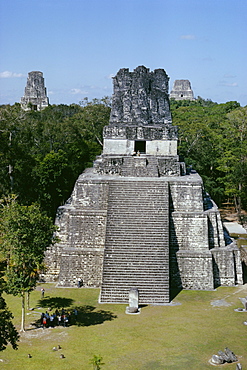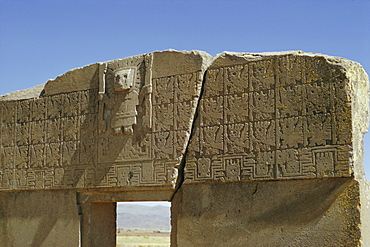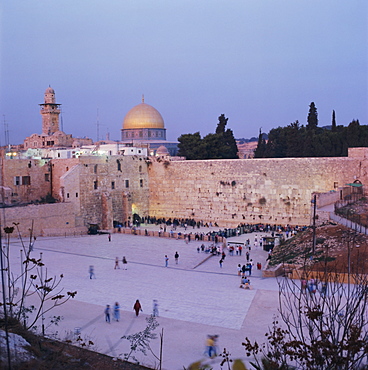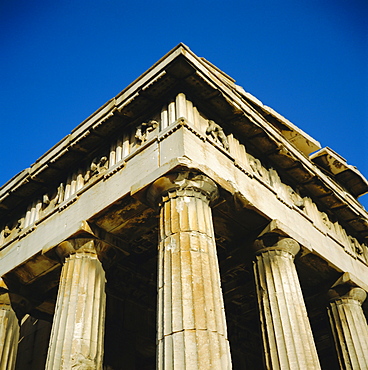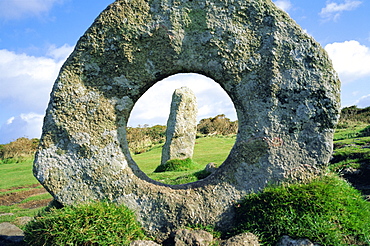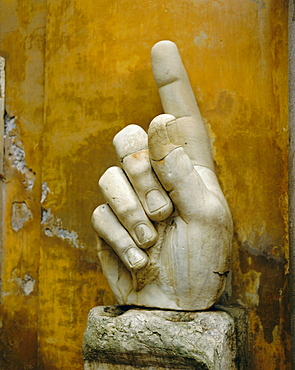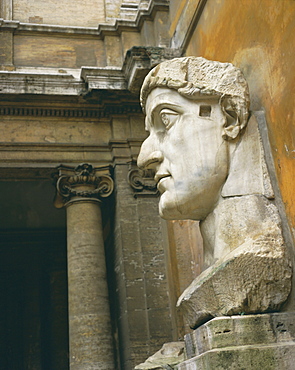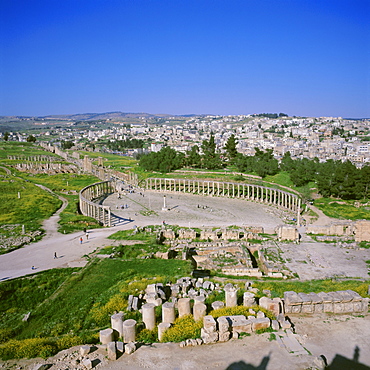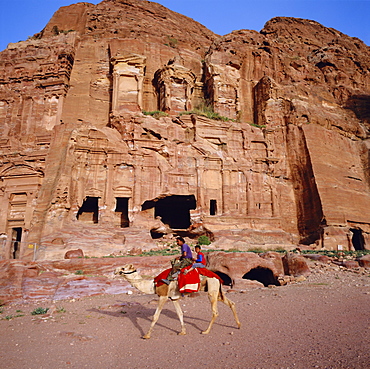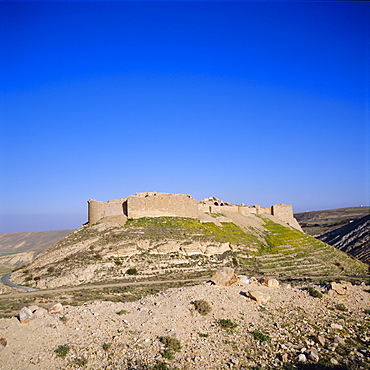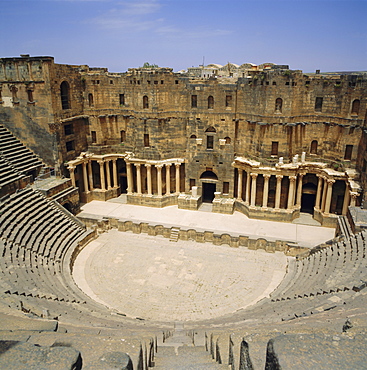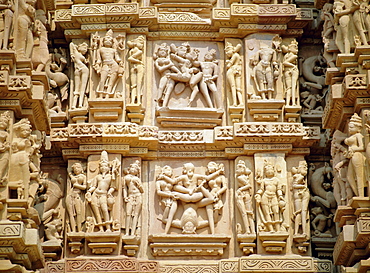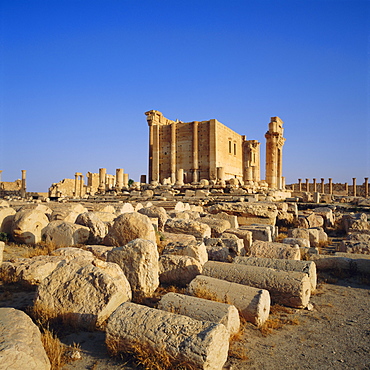Results
1 2 3 … 50 Next »
4959 results found
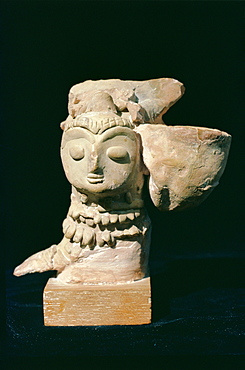
Mother Goddess statue from Mohenjodaro, Indus Valley Civilisation, Karachi Museum, Karachi, Pakistan
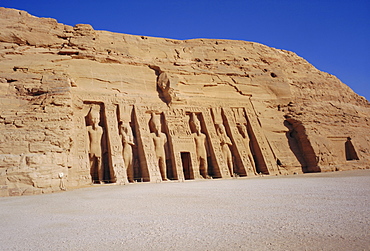
Temple of Hathor in honour of Nefretare, was moved when Aswan High Dam was built, Abu Simbel, Egypt, North Africa
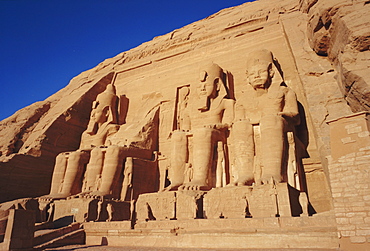
Temple of Re-Herakhte for Ramses II, was moved when Aswan High Dam was built, Abu Simbel, Egypt, North Africa
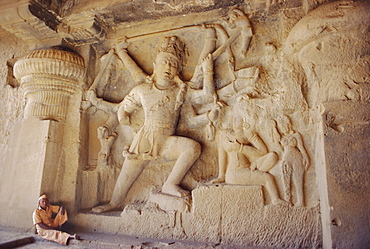
Rock cut panel showing the Hindu God Lord Shiva in Cave no 29, the Dhuma Lena Cave, at Ellora, Maharashtra State, India
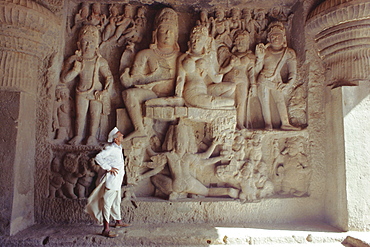
Rock cut panel depicting the Hindu God Lord Shiva and his wife Parvati, in Cave No 29, the Dhumar Lena Cave, at Ellora, Maharashtra State, India
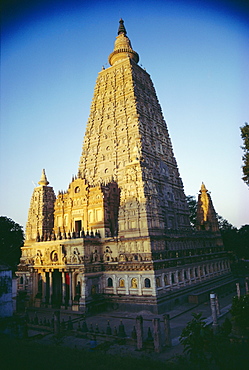
The Mahabodi Temple at Bodh Gaya (Bodhgaya), where the Buddha attained enlightenment, Bihar State, India
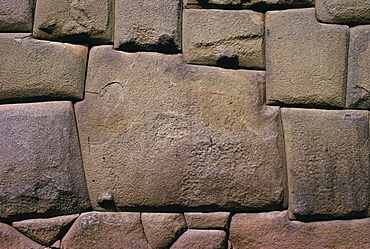
The Stone of Twelve Angles, the Inca Palace of Hatunrumiyoc, Cuzco, Peru"The stone is in the Lienzo petreo wall, it is an excellent exaple of the Inca's skill with polygonal masonry"
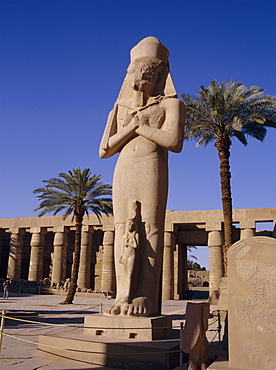
Statue of Amun, with Ramses II (Ramasses the Great) between his knees, Karnak, UNESCO World Heritage Site, Thebes, Egypt, North Africa, Africa
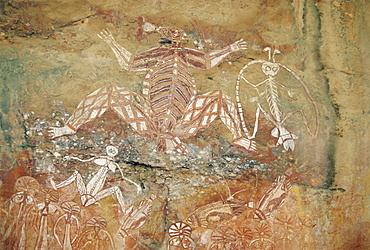
Namondjok (centre) who ate his clan sister, Namarrgon (right) , the Lightning Man and Barrginj his wife (below left) supernatural ancestors at the rock art site at Nourlangie Rock, Kakadu National Park, Northern Territory, Australia

The Mahabodhi temple, the stupa at the Bodhi tree where the Buddha attained enlightenment at Bodh Gaya (Bodhgaya), Bihar State, India

Relief carvings on frieze on outside wall of the Buddhist temple, Borobodur (Borobudur), Java, Indonesia
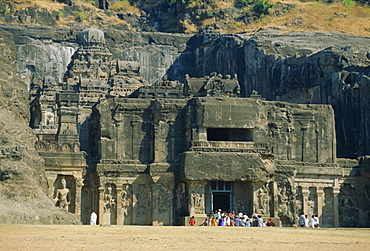
The huge Kailasa (Kailash) Temple, Ellora, Maharashtra State, India"Cut from the rock in the Hindu section of the world-heritage cave temples at Ellora, a project which took 150 years and entailed the removal of 200,000 tons of rock"
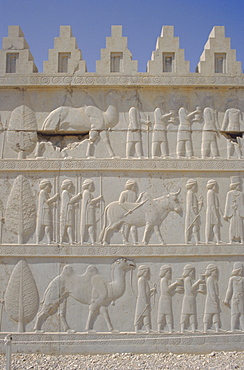
Parade of nations carving, Apadana Palace staircase, archaeological site, Persepolis, Iran, Middle East, Asia
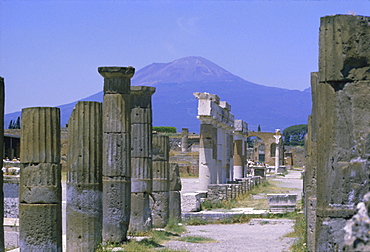
Mount Vesuvius seen from the ruins of Pompeii, buried in the ash flow of the eruption of AD 79, Columbus basalt lava marble and brick, Pompeii, UNESCO World Heritage site, Campania, Italy, Europe
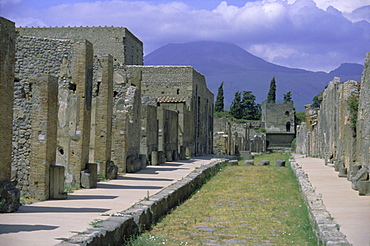
Restored buildings in Roman town buried in AD 79 by ash flows from Mount Vesuvius, in the background, Pompeii, UNESCO World Heritage site, Campania, Italy, Europe
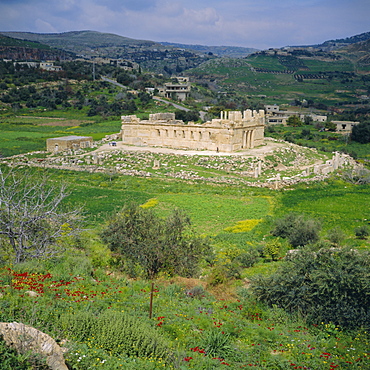
Qasr al-Abd (Fortress of the Servant), 3rd century BD Hellenistic palace west of Aman in Wadi as-Sir, Iraq al-Amir, Jordan, Middle East
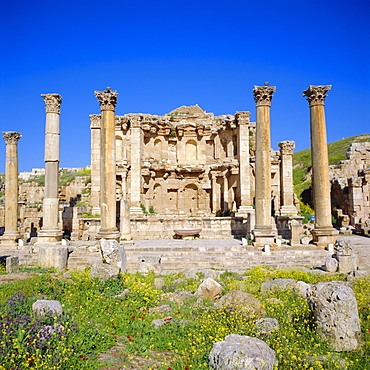
Nymphaeum (public fountain), 2nd century AD, of the Roman Decapolis city, Jerash, Jordan, Middle East
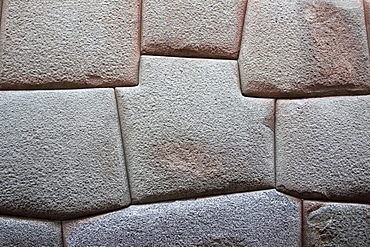
Inca Stone wall made from huge granite blocks fitted skillfully together using no cement, a fine example of Inca craftsmanship, Cuzco, Peru, South America

Temple of Artemis and North Theatre, 1st and 2nd centuries AD, of the Roman Decapolis city, Jerash, Jordan, Middle East
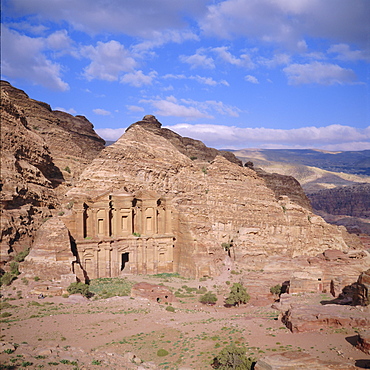
Monastery (ad-Deir), 3rd century BC, Petra, Jordan, Middle East"The largest Nabatean facade in Petra, 48m high, 47m wide"
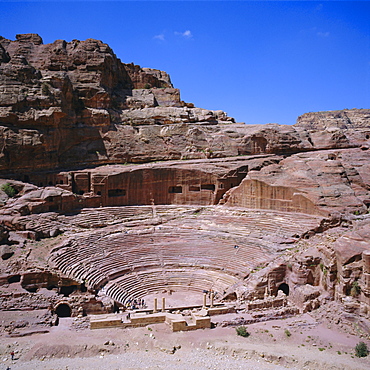
Main theatre, 1st century AD, carved into the solid rock, hellenistic style, Petra, Jordan, Middle East
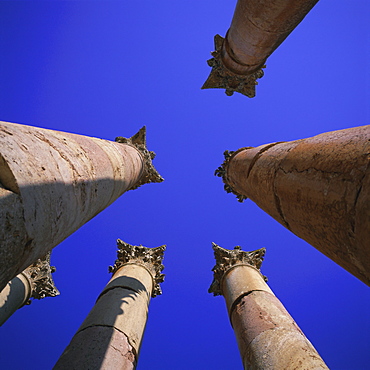
Peristyle of 13m tall columns, Temple of Artemis, 1st century AD city of the Roman Decapolis, Jerash, Jordan, Middle East
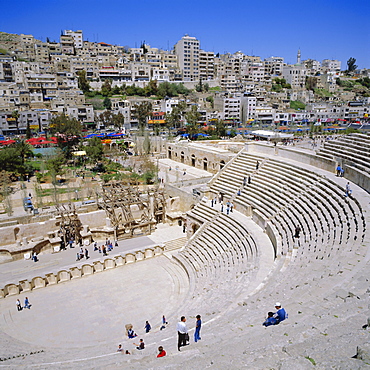
Roman Theatre, Amman, Jordan, Middle East"Completed in 177 AD under Marcus Aurelius it is the largest Roman theatre in Jordan with seating for 6,000"
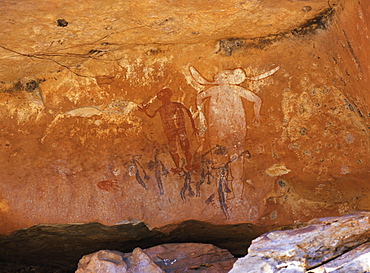
Aboriginal painted figures of varied periods, over-painted, near King Edward River, Kulumburu Road, Kimberley, Western Australia, Australia
